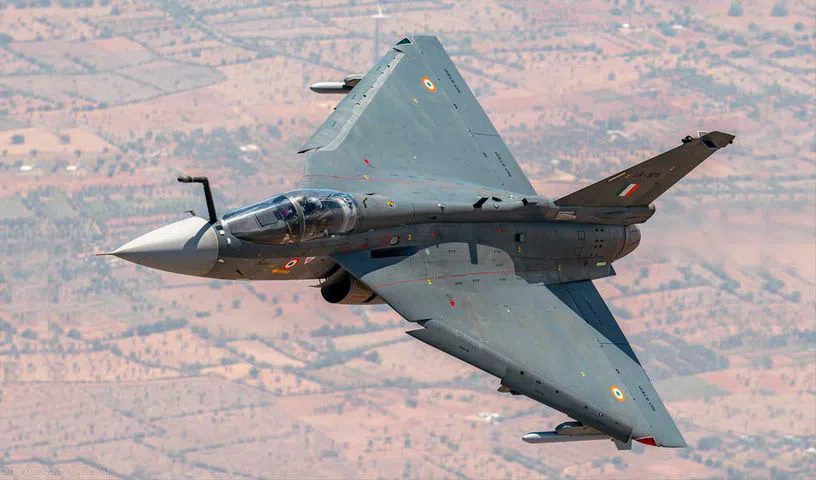
It is a matter of concern that the first batch of 40 ‘Tejas’ LCA ordered in 2009-10 is yet to be fully delivered by HAL
Wedged between two hostile neighbours, India cannot afford to slacken the pace of modernisation of its military forces. The inordinate delays in the acquisition of modern weapons can be very frustrating for the leadership of the armed forces. The concern voiced by Chief of Air Staff AP Singh over the excruciating delays in the delivery of the Tejas fighter aircraft into service echoes the sentiments of the armed forces tasked with maintaining battle-readiness in an ever-changing geopolitical environment. The issues flagged by the Air Chief Marshal assume significance, particularly in light of China’s rapid pace of air force modernisation. His comments, made during a national seminar, come amid reports indicating that Pakistan may procure fifth-generation stealth fighter jets from China, with deliveries expected within the next two years. It is a matter of concern that the first batch of 40 ‘Tejas’ Light Combat Aircraft (LCA) ordered in 2009-10 is yet to be fully delivered by Hindustan Aeronautics Limited (HAL). Conceived way back in 1984 as a replacement for the ageing MiG-21 fighters, the LCA project was marred by inexplicable delays. The first Tejas jet flew in 2001 and its induction began 15 years later, in 2016. The LCA saga holds hard lessons for defence PSUs which need to pull up their socks and step up their efficiency levels to meet the growing requirements of the armed forces. There is also an urgent need for an increased role for private partnerships in developing defence products and providing more funds for research and development (R&D).
With China moving at a rapid pace to boost its air power — unveiling its sixth-generation combat aircraft — the critical deficiencies in the Indian Air Force must be addressed on top priority. The Parliamentary Standing Committee on Defence recently urged HAL to accelerate Tejas combat aircraft production and expedite fighter jet procurement to ensure that the IAF’s operational capability was not undermined by its declining squadron strength. The Committee’s ‘Demands for Grants’, in its 2024-25 report, highlighted that the IAF’s active squadrons have declined to 31, well below the authorised 42, with an ageing fleet and delayed inductions worsening the situation. Long-term solutions, such as the induction of Multi-Role Fighter Aircraft (MRFA) and LCA Tejas Mk-1A, along with projects like the LCA Mk-II and Advanced Medium Combat Aircraft (AMCA), are either delayed or still years away. There are also delays in the Tejas Mk-1A programme due to design and development challenges, issues related to aero engine availability, and HAL’s struggle to maintain the required production pace. HAL would do well to ramp up production to ensure timely delivery of the Mk-1A, which is essential to address the fighter shortfall caused by the phase-out of older aircraft. In contrast to China’s swift air force modernisation, the AMCA remains in the design and development phase.







